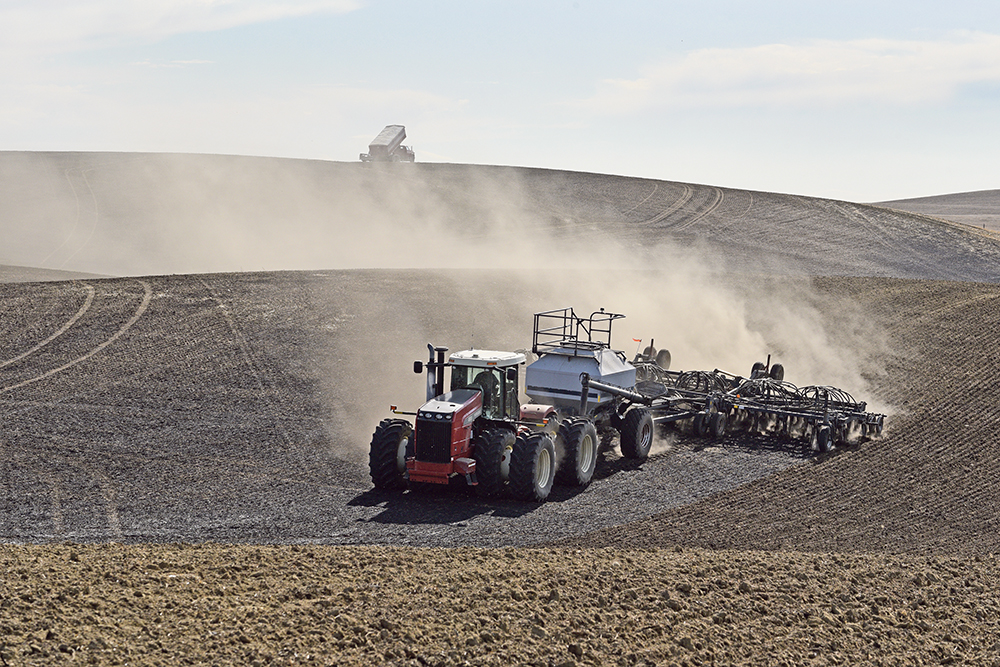WINNIPEG, Manitoba – Canadian farmers intend to plant the most wheat in 22 years, a government report said on Wednesday, as the war in Ukraine and drought in the United States tighten global supplies.
Global stocks of wheat and vegetable oil have been limited by obstacles facing Ukraine’s exports, and Russia has signaled it may not allow a deal securing a safe Black Sea grain corridor to extend beyond May 18. Winter wheat ratings in the United States, the world’s fifth-largest exporter, are the lowest since 1989 due to drought.
Statistics Canada forecast all-wheat plantings at 27 million acres, up 6 percent from last year and exceeding the average industry expectation of 26.3 million. That would be the biggest wheat area since 2001.
Read Also

Trump’s tariffs take their toll on U.S. producers
U.S. farmers say Trump’s tariffs have been devastating for growers in that country.
“There’s a fundamental reason for putting wheat in the ground,” said Brian Voth, president of farmer advisory firm IntelliFARM, noting the tight global wheat stockpiles. “It got kick-started last year with the Russian invasion.”
Canada is the world’s fourth-largest wheat exporter and the biggest shipper of canola, which is used to produce vegetable oil.
Spring wheat plantings, the biggest portion of Canada’s all-wheat production, are seen reaching 19.4 million acres, also the most since 2001 and up 7.5 percent from last year, the report showed. Spring wheat is used in baking.
Minneapolis spring wheat futures for September delivery dipped 1 percent and have retreated to pre-invasion levels.
There are doubts, however, about the accuracy of the StatsCan report because its farmer survey was conducted from Dec. 12-Jan. 14, about two months earlier than usual, Voth said.
Most crop planting on the Canadian Prairies occurs in May.
Farmers are looking to plant 21.6 million acres of canola, up 0.9 percent from last year, and slightly below the average trade estimate of 21.8 million, the report said.
ICE Canada November canola futures, reflecting the next harvest, were up 0.4 percent but pared their gains after the release of the report.
To plant more wheat and canola, farmers intend to cut back on oats, lentils and peas, StatsCan said.















